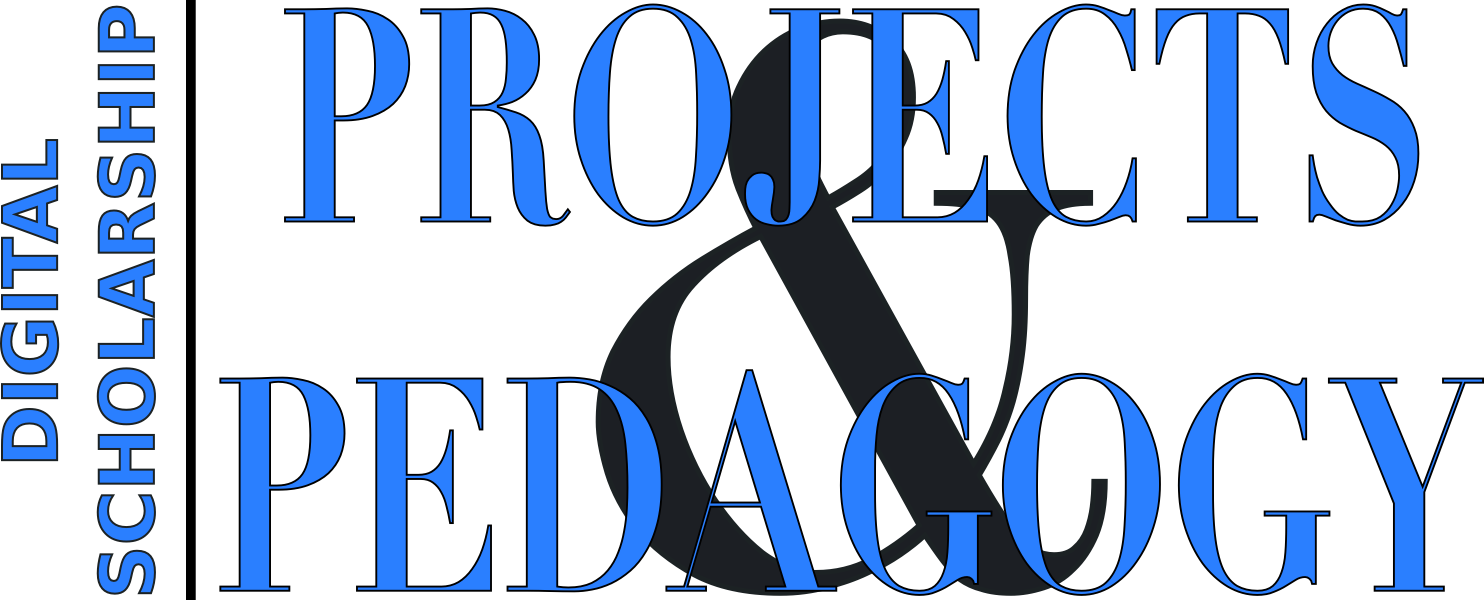Poet-queen Carmen Sylva’s (1843-1916) literary output builds on a number of autobiographical and historical themes that offers contemporary readers a glimpse into late nineteenth century history and culture. While nearly forgotten today, the German-born Princess Elisabeth of Wied, a.k.a. Queen Elisabeth of Romania was well known in her day, in particular in her role as the writer Carmen Sylva. She married Prince Karl (Carol) of Hohenzollern-Sigmaringen (1839-1914) in 1869 and moved to Romania where, after a brief period of establishing power, the couple was crowned king and queen in 1881. As foreign rulers in Romania, their reign was generally considered to have been successful, primarily because of their devotion to the development of local industries and economies, their improvement of urban and rural infrastructures, and their ability to draw international attention to the riches of Romanian arts and crafts. As an intellectual, Sylva created an impressive array of written works over her lifetime, including poems, fairy tales, novels, memoires, aphorisms, and translations for which she received literary prizes and several honorary doctorates. She oversaw the transcription, translation, and publication of Romanian legends and tales, similar to the project undertaken by Wilhelm and Jakob Grimm in the early nineteenth century in Germany, and insisted that the tales be published in schoolbooks (some of which are still used in Romanian schools today), encouraging school children how to read and write via their own literary and cultural traditions and imbuing them with a sense of national identity and pride.
Specifically, my one-year project will pilot a process that will allow us to shift digitized Sylva texts that are available only in Fraktur to a more modern font by way of transcription into a workable text format that can then be encoded for glossing and annotating. I will use the encoded texts in my book project as well as for my teaching of Sylva in Wooster German courses. If successful, the project as a digital edition could be used by others as well. Dr. Zimmermann has responded with great interest to me about the project, and welcomes the linking my own site/blog on the project of Sylva’s works to the Research Center site. The pedagogical component of the project addresses in part the “educational partnership” that Dr. Zimmermann and Mr. Krüger are pursuing, and more importantly poses important and exciting international exposure and collaborative possibilities for Wooster students. It teaches them digital tools and skills for using historical texts by Sylva but that ultimately can be applied to any kind of historical text. In transcribing the texts from the nineteenth-century German, the students glean not only the ways in which languages change over time, but they also, as a matter of course, engage deeply with the text itself. This exposure lends itself to the kinds of close reading that we value in literature courses. Finally, it advances my own work on Sylva scholarship more quickly, and makes more of her work accessible and known to an even wider audience.
The project I propose for the next year focuses on Sylva’s autobiographical text Mein Penatenwinkel (1917) (available in HathiTrust) and is made up of three steps:
- transcribing the text from Fraktur to modern font,
- encoding the text to add depth that is meaningful to the scholar and readable by machines and
- creating a website that hosts the transcribed and encoded text.
